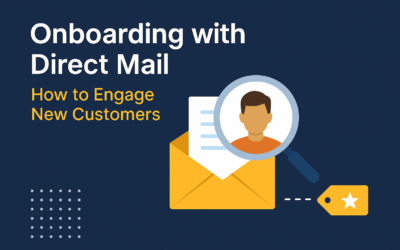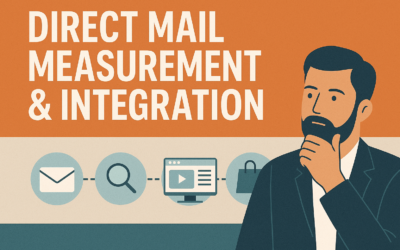Despite the pounding that traditional media have taken in public opinion lately, here are a few points from the article worth noting:
- Investors still line up to make bids for ownership of traditional print news media. In fact, one group offered Time Inc.—not fire sale rates—but a 30% premium for its shares. Management felt the paper held too much value so they rejected the offer.
- Tronc, formerly Tribune Publishing, also refused an inflated offer to buy its shares, even after a bidding war that drove up the price.
- Although margins are declining, many newspapers and magazines remain profitable. The fat was trimmed, and profits are now about cost management and efficiency.
- What isn’t making a lot of money? Digital channels. Readers expect to have access to digital content. However, after 20 years of fiddling with revenue models, publishers cannot figure out how to make it truly profitable. Readers expect digital content to be free. The revenues from the digital arms of traditional publications still cannot compete with those from print.
- Traditional publications like Time, Fortune, and The Washington Post (along with more populist publications like Sports Illustrated) have something digital channels do not—reader trust and loyalty.
What can marketers take from this? The print vs. digital debate isn’t unique to marketing, and neither are the conclusions. Whether it’s traditional news media or print and multi-channel marketing, print continues to maintain a value. It’s also important in the mix and cannot be replaced by digital channels. In order to maximize profits and reader (or customer) engagement, you have to include print.
Not sure how you should include print? Contact PrintComm today, we’d be glad to help!



